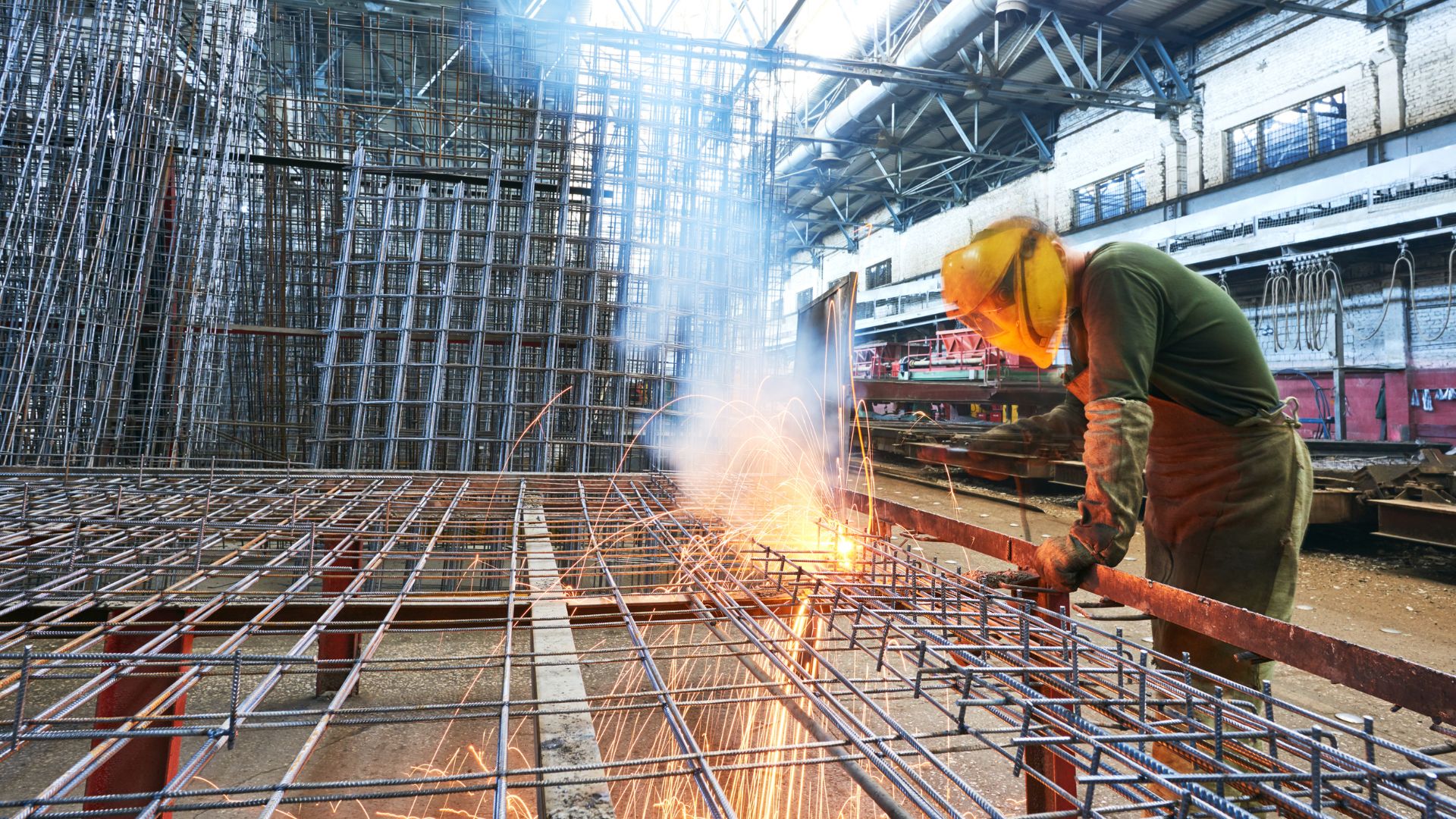Welding in extreme conditions presents unique challenges that require specialized techniques and equipment. Whether dealing with extreme temperatures, high pressures, or underwater environments, welders must adapt to ensure the integrity and safety of their work. This article explores the methods and challenges associated with welding in such demanding situations.
Welding in Extreme Temperatures
High-Temperature Welding
High-temperature environments, such as those found in aerospace, power plants, and certain manufacturing processes, demand welds that can withstand significant thermal stress.
Challenges:
- Thermal Expansion: Metals expand and contract with temperature changes, potentially leading to warping and cracking.
- Oxidation: Elevated temperatures increase the rate of oxidation, compromising the weld’s integrity.
- Material Degradation: Prolonged exposure to high temperatures can degrade the properties of the welding materials.
Techniky:
- Preheating and Post-Weld Heat Treatment (PWHT): Preheating the material before welding reduces thermal shock, while PWHT relieves residual stresses.
- Using Heat-Resistant Alloys: Selecting alloys like Inconel, Hastelloy, and certain stainless steels that maintain their strength and oxidation resistance at high temperatures.
- Controlled Welding Environment: Utilizing inert gas shielding (such as argon or helium) to protect the weld area from oxidation.
Low-Temperature Welding
Low-temperature or cryogenic welding is crucial in industries such as oil and gas, where pipelines and storage tanks must operate under freezing conditions.
Challenges:
- Brittleness: Metals can become brittle and lose ductility at low temperatures, leading to cracking.
- Thermal Contraction: Rapid cooling can cause thermal contraction, resulting in internal stresses and potential failure.
Techniky:
- Předehřev: Gradually heating the material before welding to minimize thermal shock and prevent cracking.
- Low-Temperature Alloys: Using materials like austenitic stainless steel and certain nickel alloys that retain their toughness at low temperatures.
- Specialized Welding Procedures: Implementing slow cooling rates and controlled welding parameters to reduce residual stresses.
Svařování pod vodou
Underwater welding is essential for the maintenance and repair of ships, offshore structures, and underwater pipelines. It is divided into two main types: wet welding and dry welding (hyperbaric welding).
Svařování za mokra
Challenges:
- Elektrický šok: The presence of water increases the risk of electric shock.
- Viditelnost: Poor visibility underwater can hinder the welder’s ability to see the weld joint clearly.
- Křehkost vodíku: The hydrogen present in water can diffuse into the weld metal, causing brittleness and cracking.
Techniky:
- Shielded Metal Arc Welding (SMAW): Using waterproof electrodes designed for underwater use to create a stable arc.
- Insulation: Employing rubberized gloves and protective clothing to minimize the risk of electric shock.
- Řízené prostředí: Utilizing special welding techniques to control the arc and minimize hydrogen absorption.
Svařování za sucha (hyperbarické svařování)
Challenges:
- Komplexní nastavení: Requires creating a dry, pressurized chamber around the welding site, which can be time-consuming and costly.
- Pressure Differences: Managing the pressure inside the chamber to match the surrounding water pressure to avoid structural collapse.
Techniky:
- Habitat Construction: Building a sealed chamber (habitat) around the welding area to create a dry environment.
- Gas Tungsten Arc Welding (GTAW): Preferred for its precision and control in the dry, controlled environment of a hyperbaric chamber.
- Pressure Management: Carefully controlling the internal pressure of the habitat to ensure safety and stability.
Welding in High-Pressure Environments
High-pressure welding is common in industries such as deep-sea exploration and certain chemical processing applications.
Challenges:
- Strukturální integrita: High pressures can cause materials to deform or fail if not properly managed.
- Safety Risks: Increased risk of catastrophic failure due to pressure-induced stresses.
Techniky:
- Thick-Walled Materials: Using thicker materials and components designed to withstand high pressures.
- Pokročilé techniky svařování: Employing techniques like electron beam welding (EBW) and laser beam welding (LBW) for precision and strength.
- Pressure Testing: Conducting rigorous pressure testing before and after welding to ensure the integrity of the weld joints.
Závěr
Welding in extreme conditions requires a deep understanding of the materials, environmental factors, and specialized techniques to ensure successful outcomes. High and low-temperature welding, underwater welding, and high-pressure welding each present unique challenges that demand tailored approaches. By employing advanced techniques such as preheating, using specialized alloys, and creating controlled welding environments, welders can overcome these challenges and produce high-quality, reliable welds.
As industries continue to push the boundaries of what is possible, the demand for skilled welders capable of operating in extreme conditions will only increase. Staying informed about the latest advancements and best practices in welding technology is essential for meeting these demands and ensuring the safety and durability of critical structures and components.

